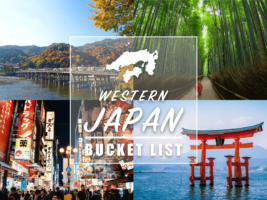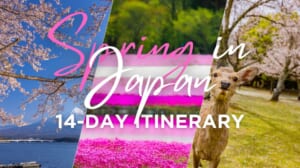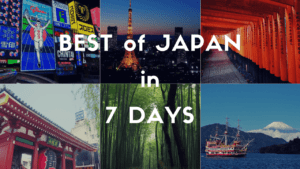7 days itinerary in Kansai
Explore Kansai: 7-Day Journey through Japan's Heart
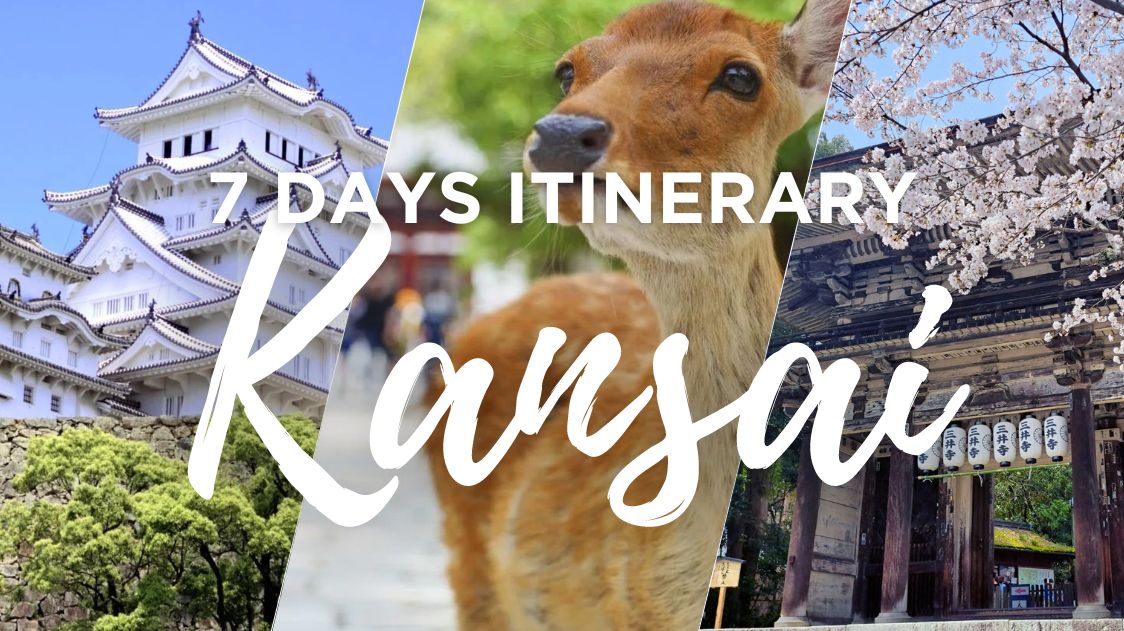
Tired of all the so-called “Kansai itinerary” out there that seem to forget there’s life beyond Osaka-Kyoto and maybe Nara? We get it, those are among the most popular destinations in the whole country, let alone Kansai, and you definitely shouldn’t miss them, particularly if you’re a first timer around Japan!
However, Hyogo, Shiga and Wakayama are also worthy destinations that have the advantage of being often overlooked and therefore, not as crowded as other more mainstream locations.
That’s why here we’re crafting an itinerary in seven days with a more comprehensive outlook so you won’t be left wondering what’s beyond the famous spots. Don’t worry, we’re including the classics of course!
<<Buy your Kansai 3-Day WIDE Area Excursion Pass here!>>
<<Buy your JR West Kansai Area Pass here!>>
<<Buy your bullet train tickets here!>>
If you’d rather focus on just visiting Osaka, Kyoto and Nara, check this article: OSAKA + KYOTO + NARA: 1 Week Itinerary
For a complete overview of must-see spots in the Kansai region: Best Things to Do in Kansai
▽In case you need information about transportation options on the airport▽
Ways to Move from Kansai International Airport (KIX)
7 Best Airport Taxi Services between Osaka and KIX/ITAMI
*Please note that this article contains affiliate links.
Day 1: Osaka
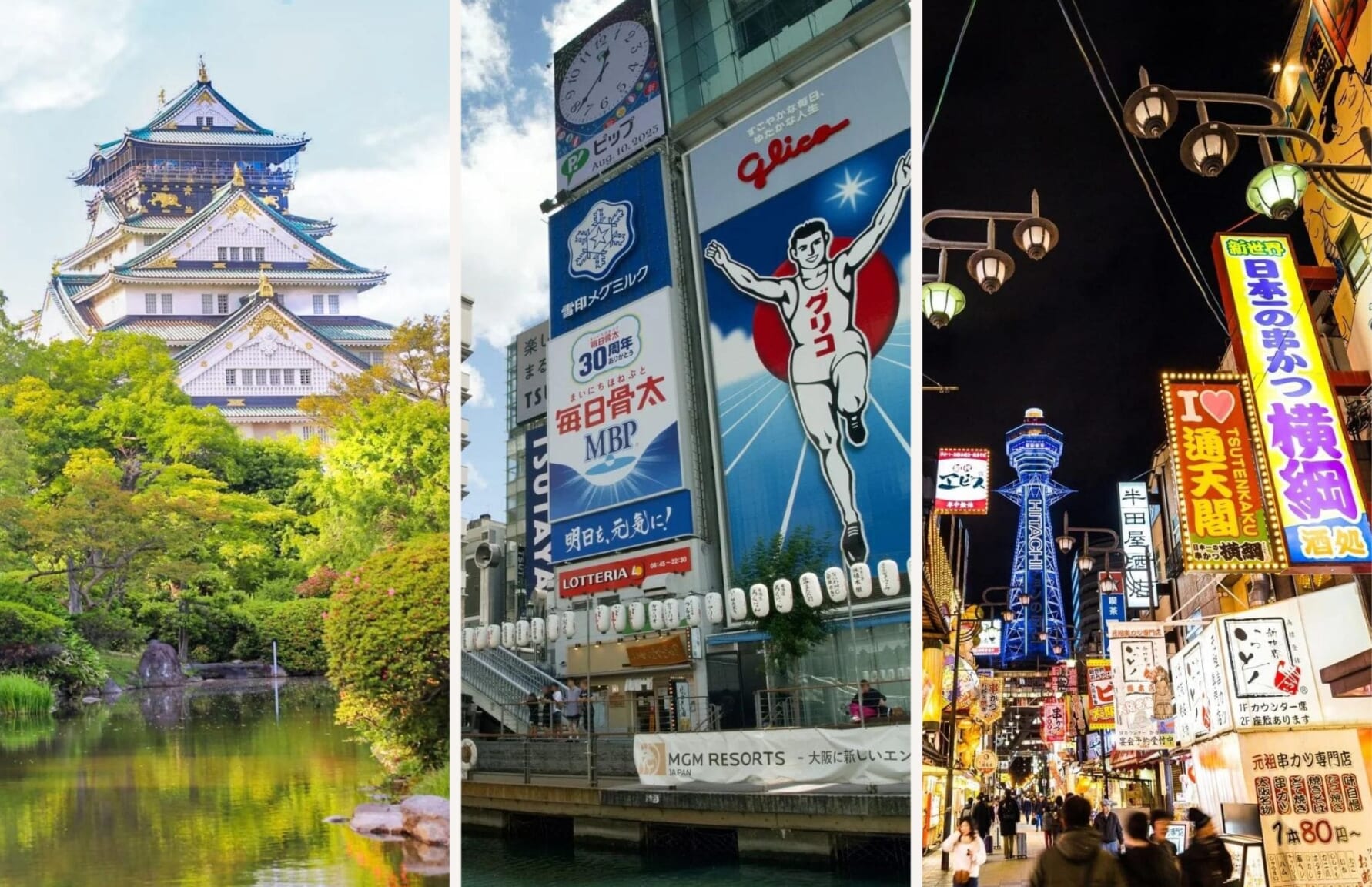
Optional: If you have time, check out the Umeda Sky Building, another good place for panoramic views of Osaka.
As the afternoon approaches, head over to Dotonbori (道頓堀), one of the main hubs of Osaka’s entertainment district and renowned for its dazzling neon lights and an array of street food options. Indulge in local specialties such as takoyaki or okonomiyaki. After a satisfying lunch, continue to explore the nearby Namba area, known for its diverse shopping experiences from high-end boutiques to traditional marketplaces.
In the evening, make your way to Shinsekai (新世界), a nostalgic district steeped with a lively atmosphere reminiscent of early 20th-century Japan. Your main destination here is the Tsutenkaku Tower, an ideal spot to enjoy the sunset views over the city. Afterward, wander around Shinsekai to experience its unique charm, highlighted by vivid lights and retro decor. Finish your day with a dinner of kushikatsu (deep-fried skewered meat and vegetables) in one of the local eateries.
Some more ideas around Osaka: 30 Best Things to Do in Osaka & 1 Day Itinerary in Osaka
Day 2: Day trip to Kobe and Himeji (Hyogo)
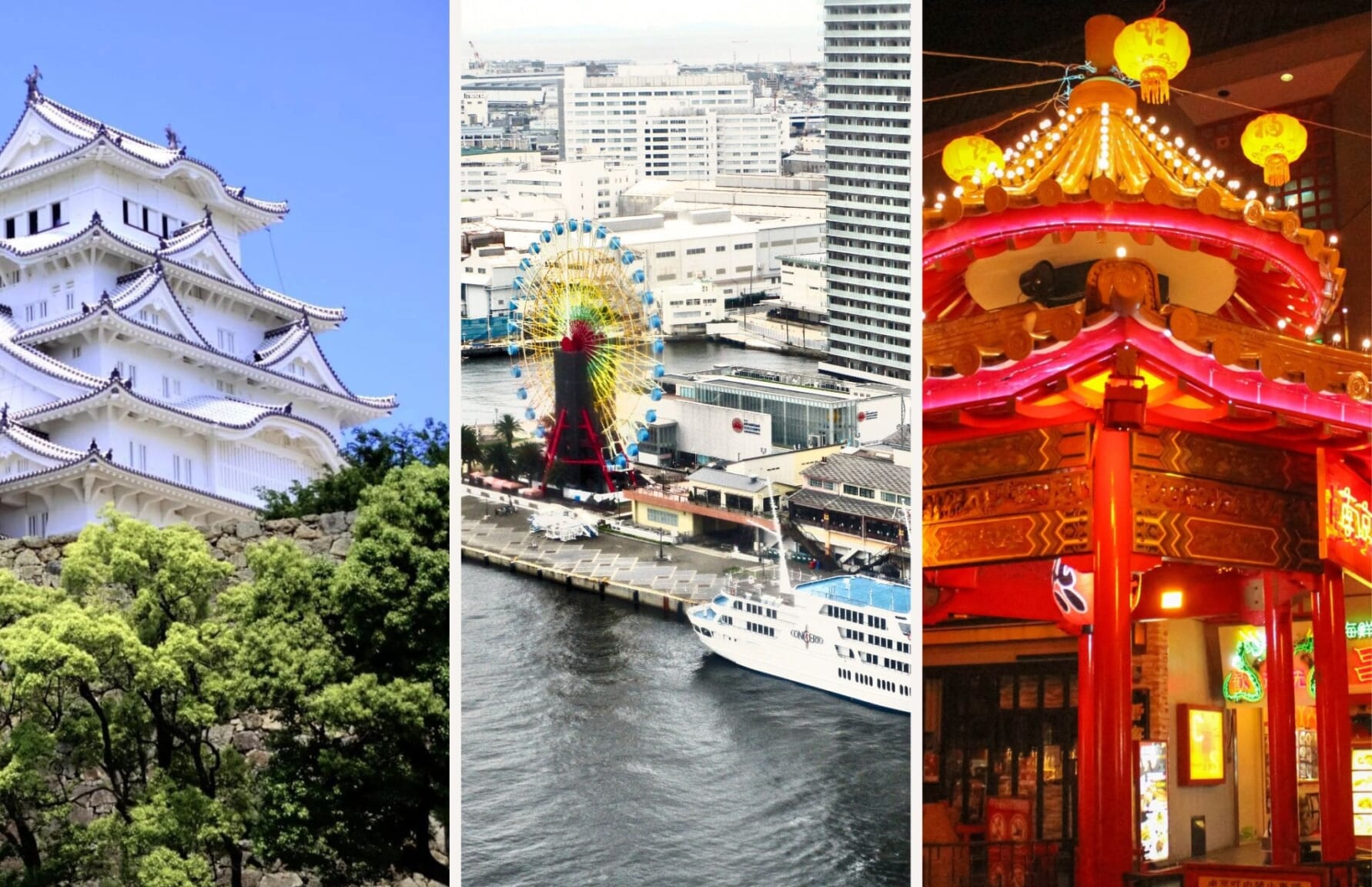
After exploring Himeji, take another short train ride to Shin-Kobe to explore the port city of Kobe (神戸). Upon arrival, wander through Meriken Park (メリケンパーク), a waterfront park that offers great views of the city and the port. Not far from here is Kobe Harborland (神戸ハーバーランド), a shopping and entertainment district where you can indulge in some retail therapy or simply enjoy the atmosphere.
As evening sets in, treat yourself to Kobe’s most famous culinary ambassador, Kobe Beef, known worldwide for its flavor, tenderness, and well-marbled texture. Kobe Chinatown, also known as Nankinmachi (南京町), is another great spot for dinner if you crave a variety of dishes, or you can just explore the lively ambiance of one of the most important chinatowns in the country. After a fulfilling day, head back to Osaka for the night, ready to rest and recharge for another day of exploration.
More info: 15 Best Things to Do in Hyogo
Day 3: Day trip to Nara
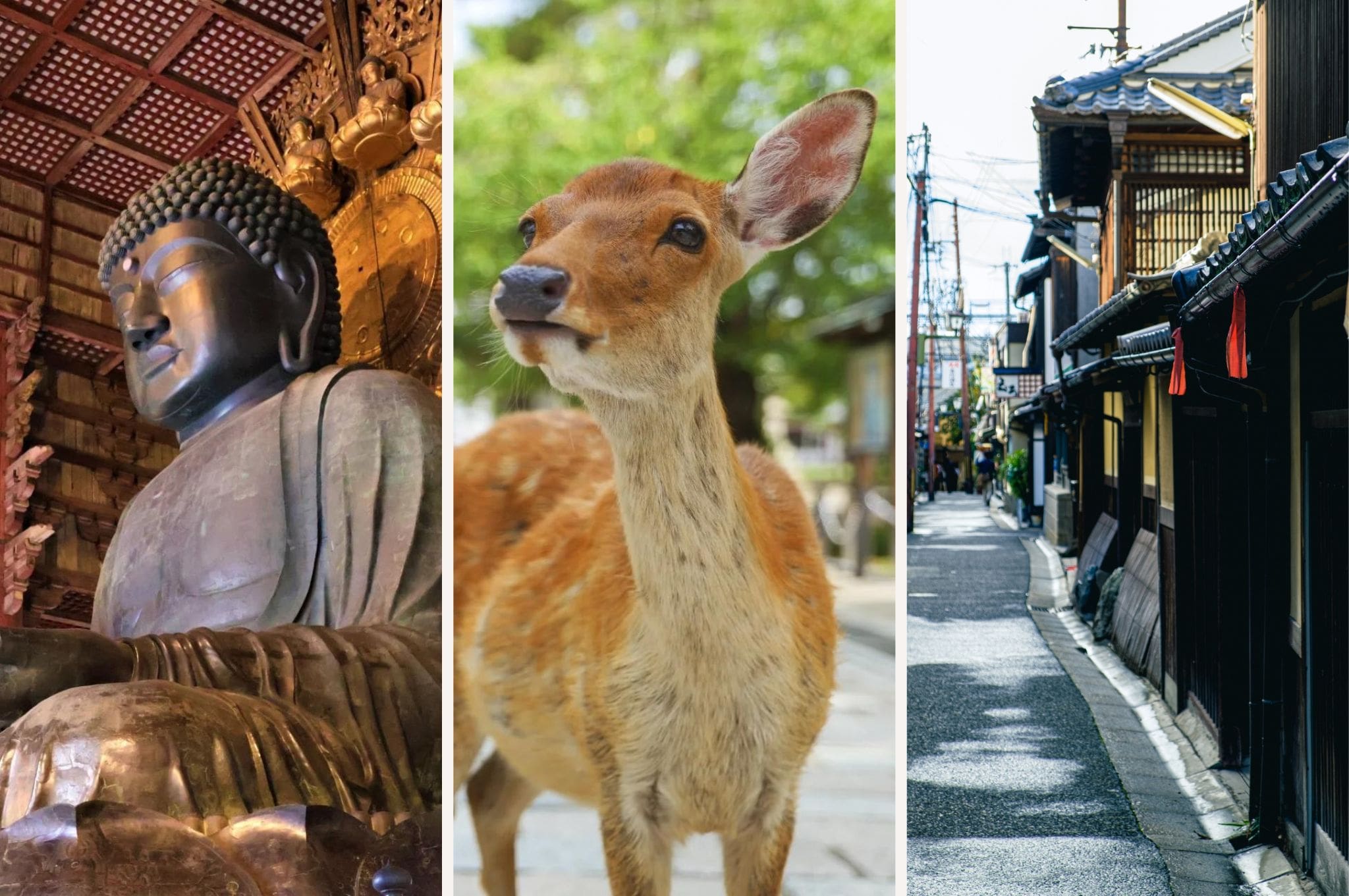
Start your day at Todaiji Temple (東大寺), one of the most famous and historically significant temples in Japan. It houses a giant statue of the Buddha Vairocana and is recognized as one of the largest wooden structures in the world.
After visiting Todai-ji, take a leisurely stroll through Nara Park (奈良公園), where over 1,200 tame deer roam freely. These deer are considered messengers of the gods in Shinto religion, and you can buy deer crackers to feed them as you walk through the park, which is a unique opportunity to interact closely with wildlife while enjoying the natural beauty of the park.
In the late afternoon-evening, explore the historic Naramachi district (ならまち), a charming area known for its traditional merchant houses and narrow lanes. Here, you can visit small museums, craft shops, and cafes housed in traditional Japanese buildings, offering a glimpse into the local culture and history. Don’t forget to try Kakinoha Zushi (柿の葉寿司) one of the famed local specialties! Return to Osaka for the night.
More ideas around Nara: Best Things to Do in Nara & 1 Day Itinerary in Nara
Day 4: Kyoto
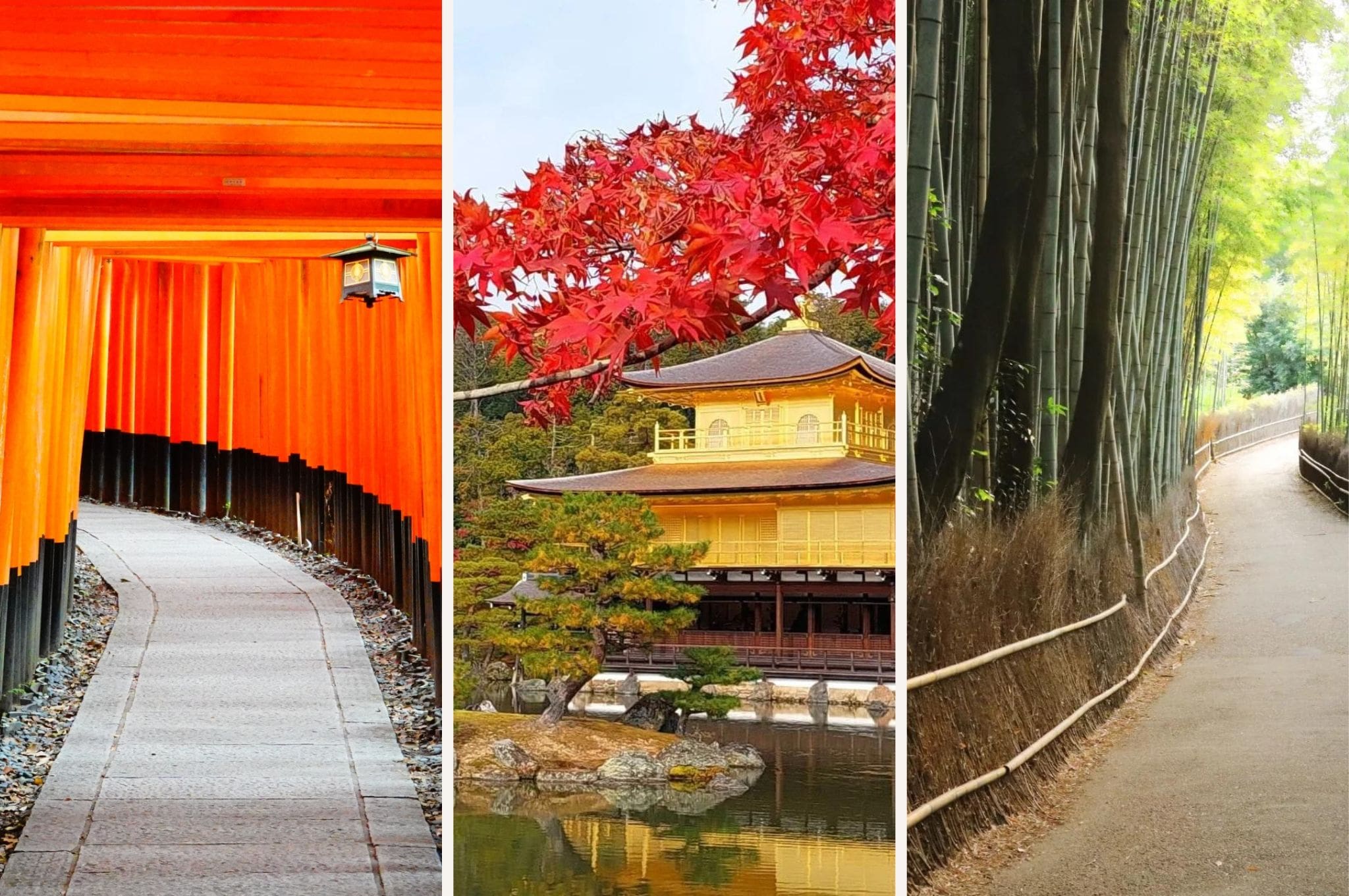
Next, head to the Golden Pavilion, or Kinkakuji (金閣寺), a Zen Buddhist temple whose top two floors are completely covered in gold leaf. Reflecting across a pond, it’s one of Kyoto’s most iconic and photographed sites. Originally built as a retirement villa for the Shogun, after his death it became a Zen temple of the Rinzai sect of Zen Buddhism.
In the afternoon, make your way to the Arashiyama district in the Western part of the city. Here you can stroll through the Arashiyama Bamboo Grove (竹林の道), a pathway that cuts through an expansive grove of towering bamboos, which are a sight to behold when swaying gently with the breeze. Adjacent to the bamboo grove is Tenryuji Temple (天龍寺), known for its beautiful landscape garden and ranked among Kyoto’s five great Zen temples.
Conclude your day in Gion (祇園), Kyoto’s most famous geisha district and filled with shops, restaurants and teahouses, where you can have the opportunity of being entertained by geiko (Kyoto dialect for geisha) or maiko (geiko apprentices).
More ideas around Kyoto: 30 Best Things to Do in Kyoto & 1 Day Itinerary in Kyoto
Day 5: Day trip to Shiga
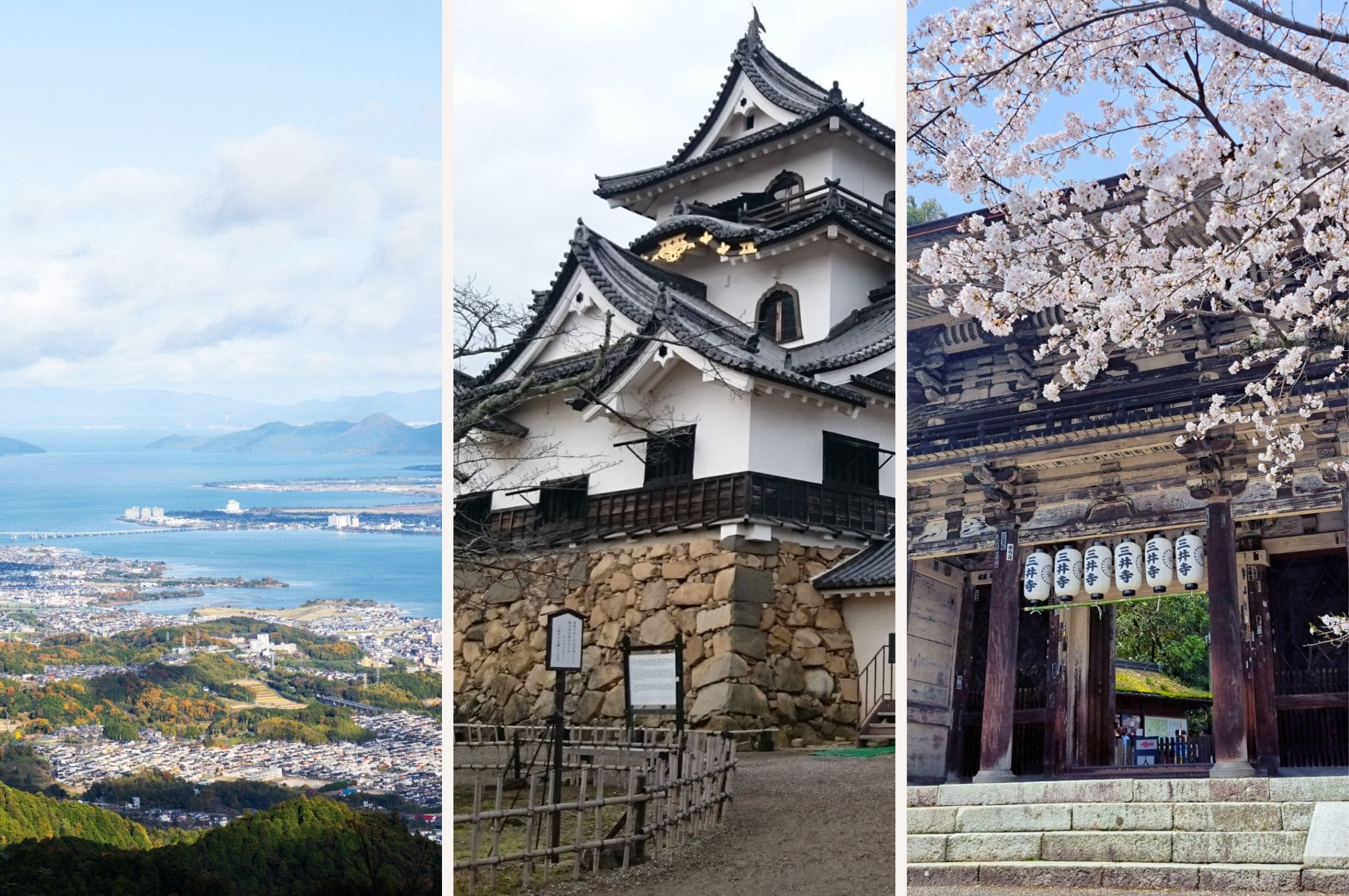
Begin your morning by visiting Hikone Castle (彦根城), one of the few original castles in Japan that has survived the post-feudal era without undergoing destruction and reconstruction. Take your time to wander through the elegant castle grounds and the lush gardens and afterwards, make your way to Lake Biwa. There are many things you can do like rent a bicycle and circle around the lake or take a scenic boat cruise on the lake.
For lunch, stop at a local restaurant near the lake where you can try regional delicacies. Shiga is famous for funazushi, a traditional fermented sushi that is unique to the region. In the afternoon, visit the charming historic town of Omihachiman (近江八幡), celebrated for its well-preserved merchant houses and scenic canal area.
Conclude your day at Miidera Temple (三井寺), located on the southwest banks of Lake Biwa and one of the four largest temples in Japan. Explore the temple grounds and enjoy the panoramic views of the lake, especially enchanting during sunset. Return to Kyoto for the night.
More info: 10 Best Things to Do in Shiga
Day 6: Kyoto to Wakayama
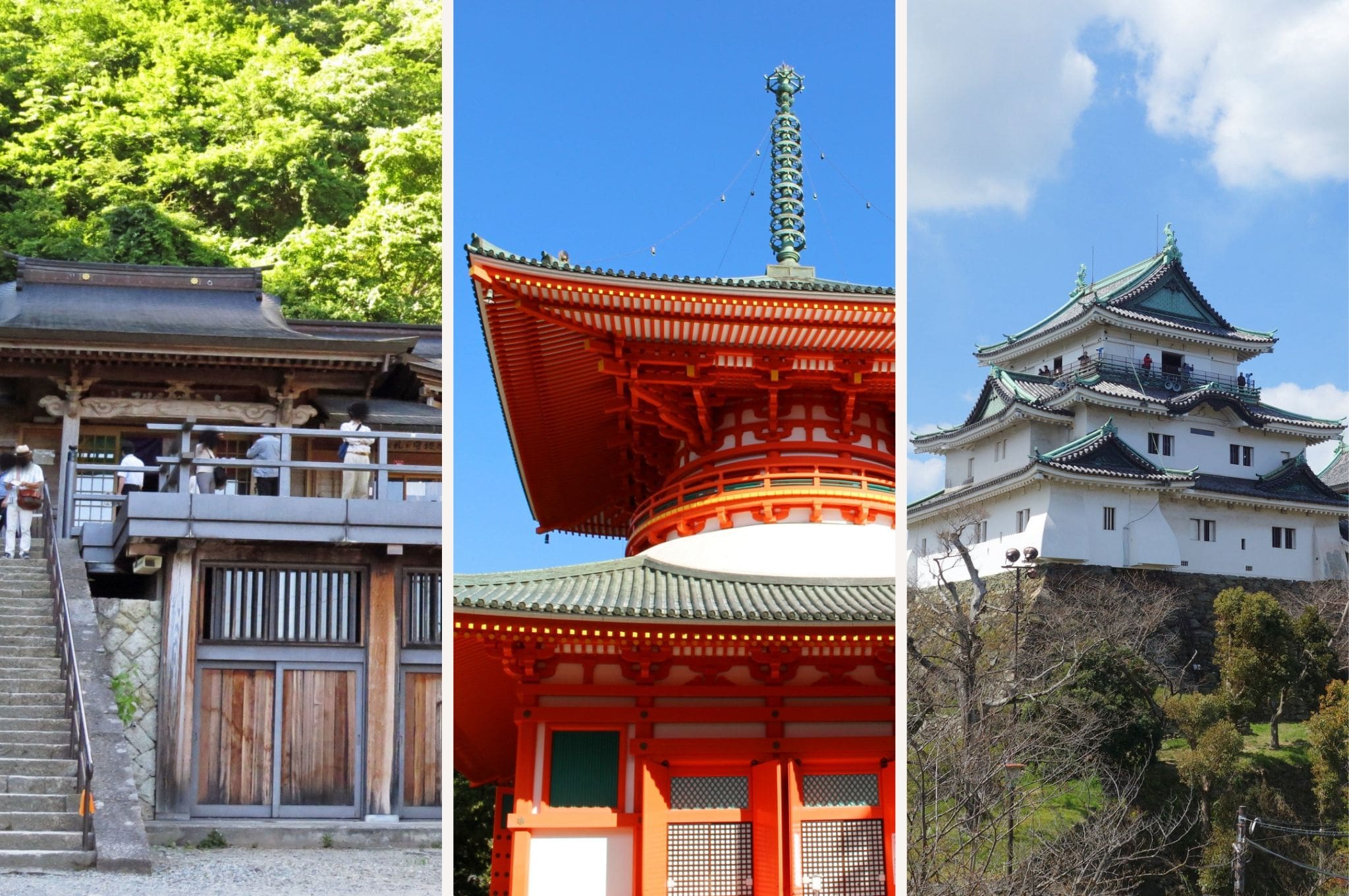
Next, visit Kongobuji Temple (金剛峯寺), the head temple of Shingon Buddhism. This temple features beautiful screen paintings and Japan’s largest rock garden, a relaxing space for reflection and meditation. Around lunchtime, make your way down to Wakayama City and go to Wakayama Castle (和歌山城). This hilltop castle is notable for its white walls and surrounding moat, and it provides panoramic views of Wakayama. Spend the night in Wakayama City.
Optional: You can also book an onsen ryokan in Shirahama Onsen (白浜温泉) to spend a relaxing evening in one of the most famous onsen towns in the area.
More info: 10 Best Things to Do in Wakayama
Day 7: Return to Osaka
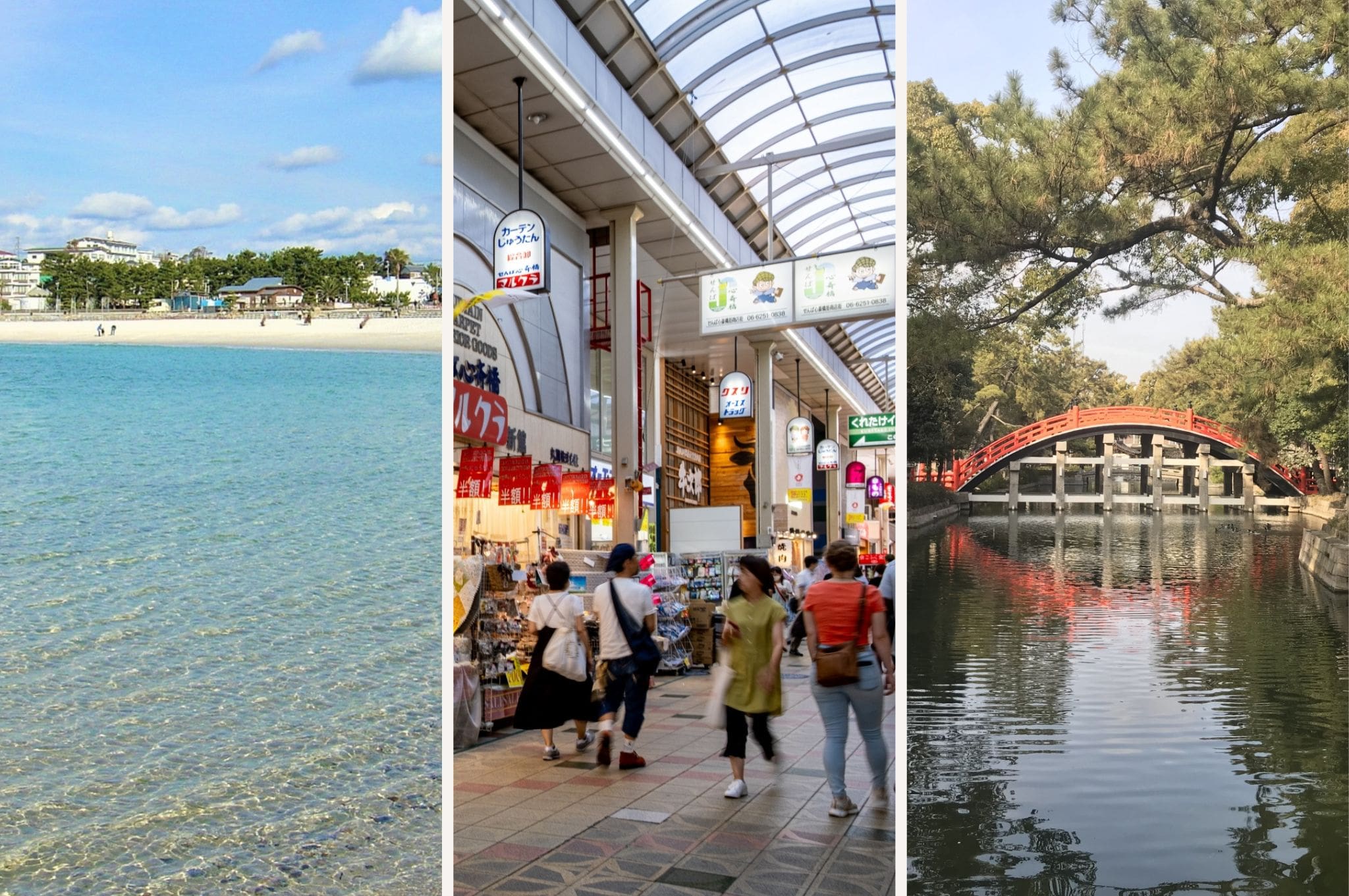
You could also make your way to Sumiyoshi Taisha (住吉大社), one of Japan’s oldest Shinto shrines. This shrine is unique for its purely Japanese architectural style, free of Buddhist influence, which is rare in Japan. Explore the peaceful grounds and the distinctive arched bridge, and enjoy the calming atmosphere before your departure.
Need last minute shopping ideas? We got you: What to Buy at Kansai International Airport
One prefecture a day sounds like a challenge, right? For travel enthusiasts who really want to explore beyond the basics, this week through Kansai covers the most indispensable must-see spot across the region!
For more information about traveling in Japan, check these articles below, too!
Written by
Photographer, journalist, and avid urban cyclist, making sense of Japan since 2017. I was born in Caracas and lived for 14 years in Barcelona before moving to Tokyo. Currently working towards my goal of visiting every prefecture in Japan, I hope to share with readers the everlasting joy of discovery and the neverending urge to keep exploring.





